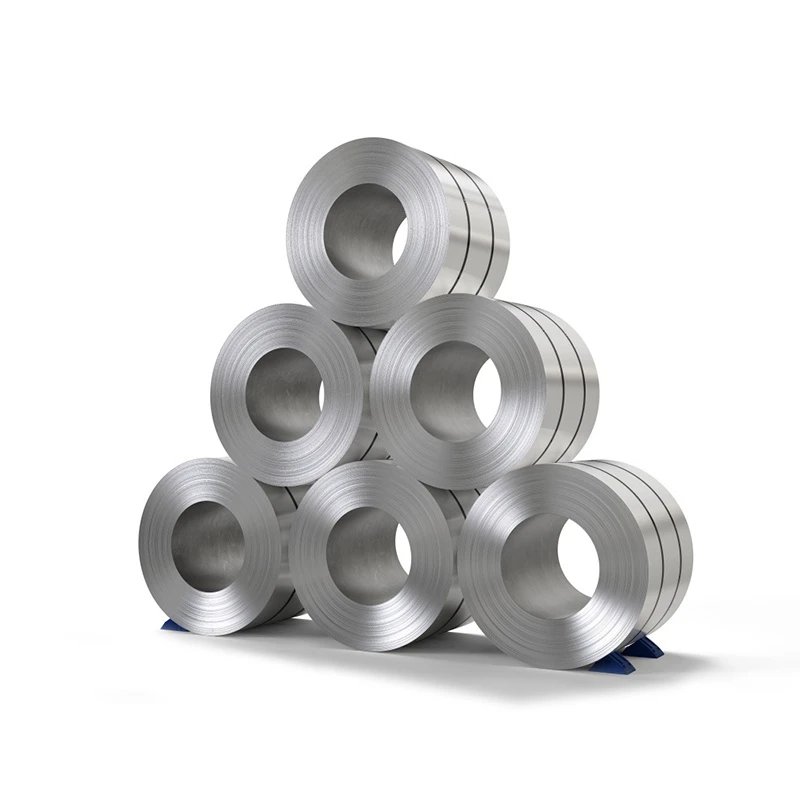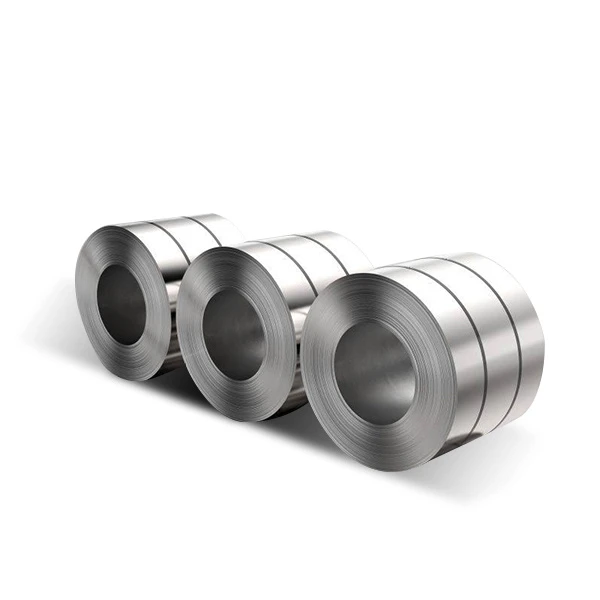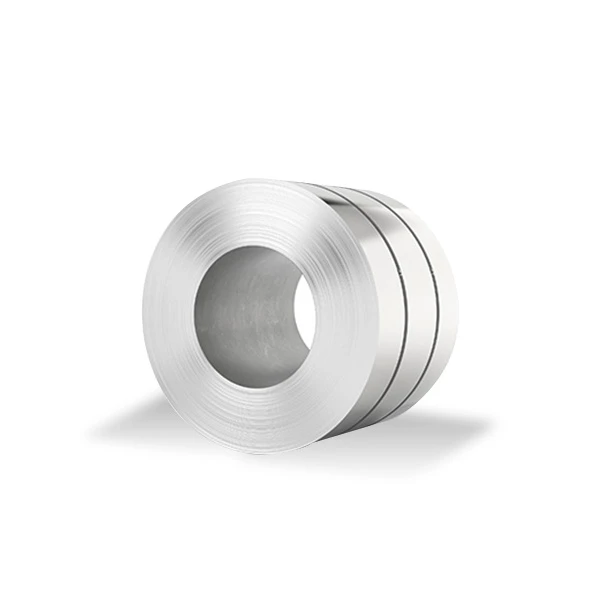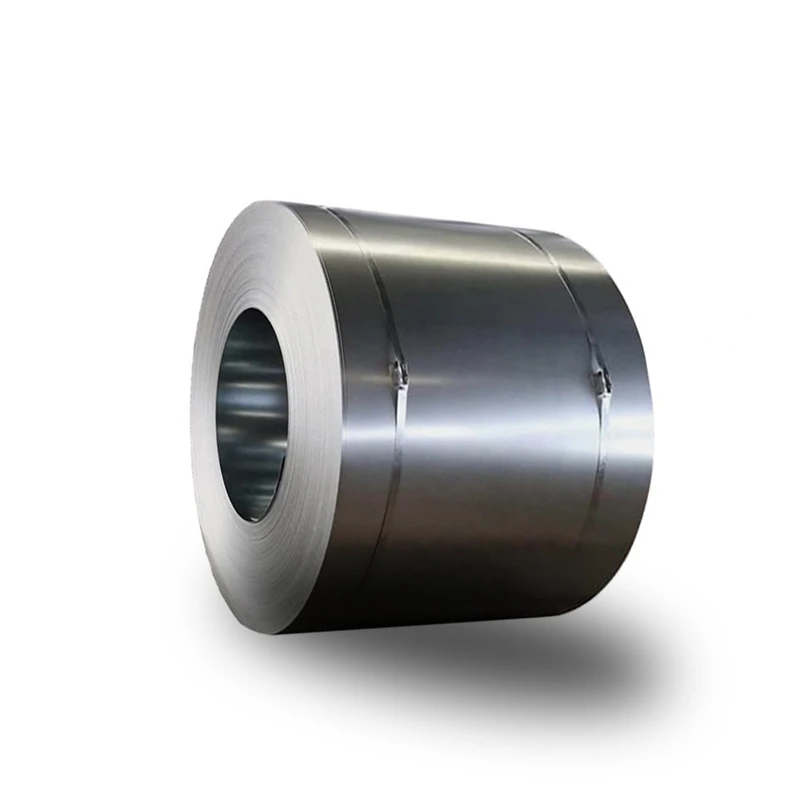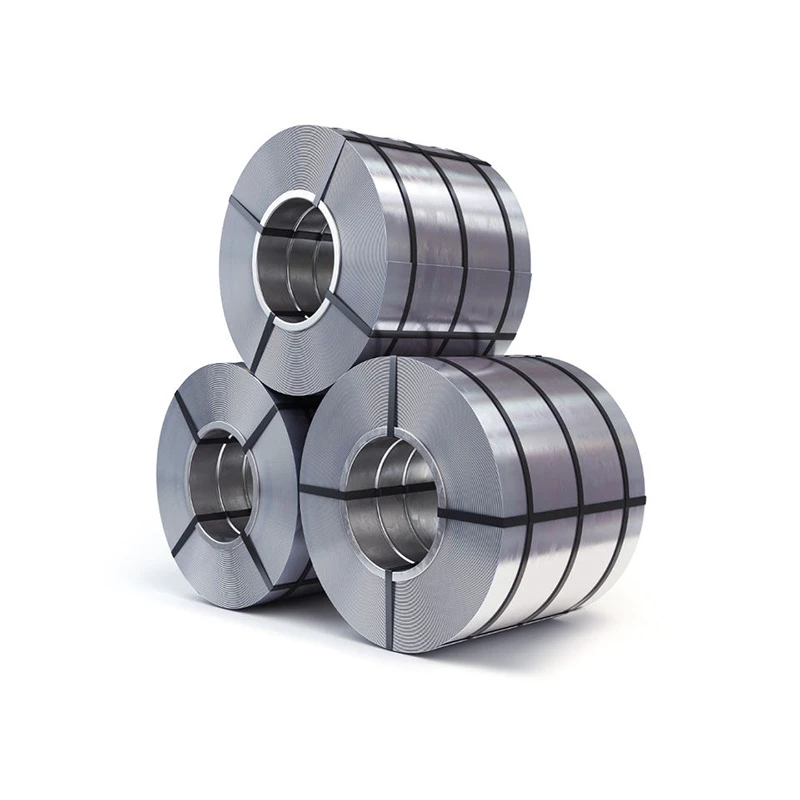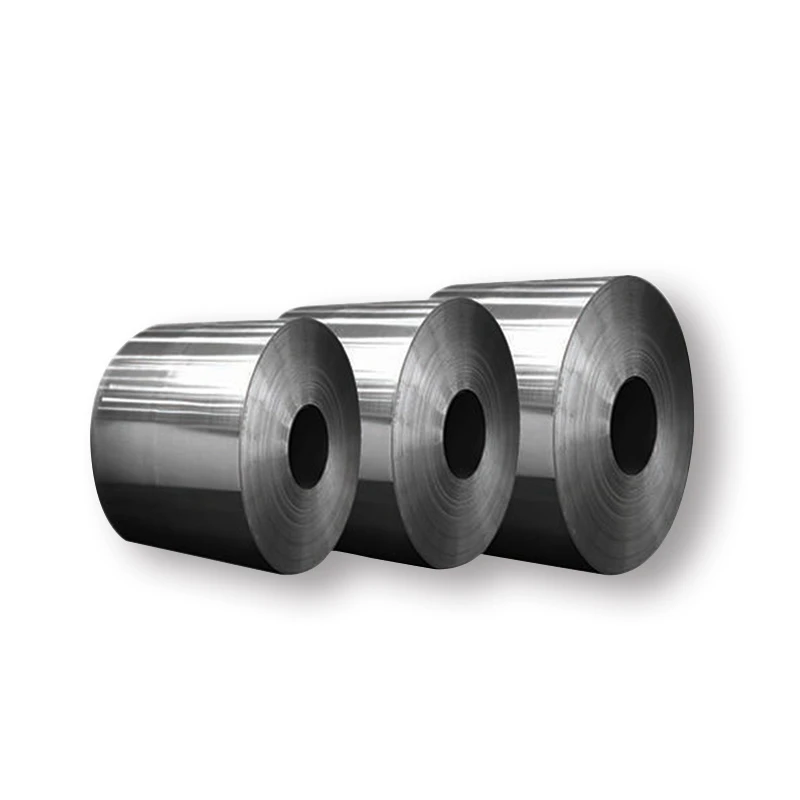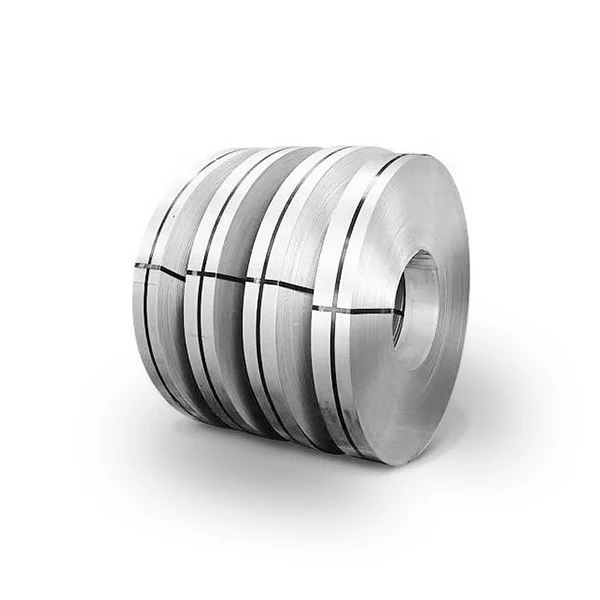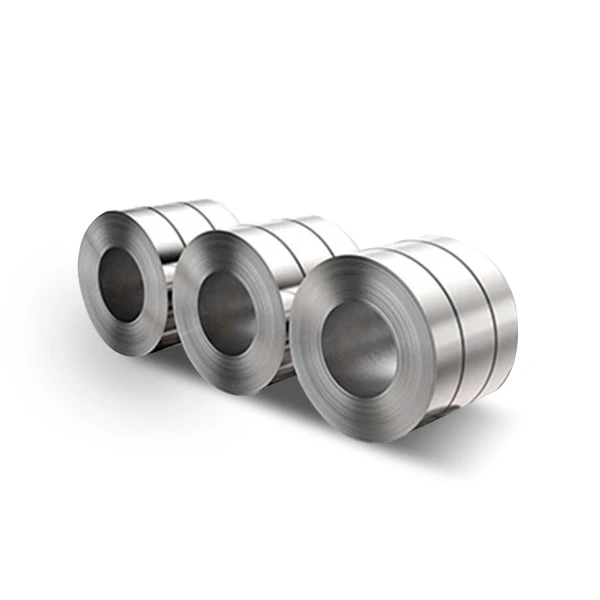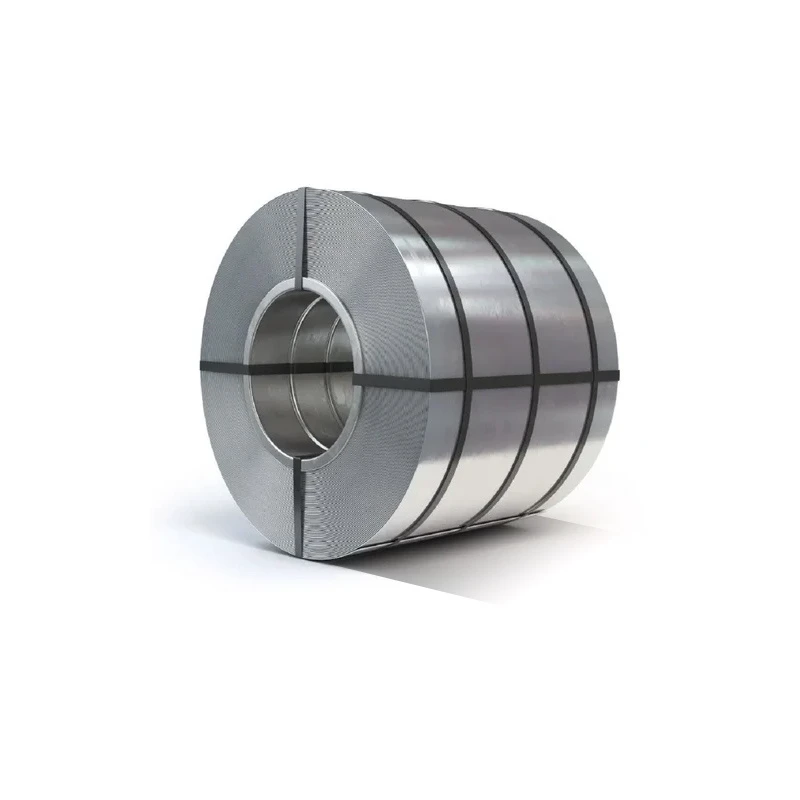
CATEGORIES
FEATURED PRODUCTS
305 Stainless Steel Coil
We offer this product and related grades with 100% factory direct pricing and free quotes available within 24 hours.
APPLICATION SCENARIOS

OUR ADVANTAGE

Certificate of Honor

PARTNER

Our Factory

Key Properties of 305 Stainless Steel
The higher nickel content is the defining feature of 305 stainless steel, directly influencing its exceptional formability.
Low Work Hardening Rate
- Exceptional Formability: This is the most crucial property of 305. Its elevated nickel content drastically lowers its work hardening rate compared to 302 or 304 stainless steel. This means it remains ductile even after significant deformation, allowing for:
- Deeper Draws: It can be deep-drawn into more intricate and deeper shapes in a single stage or with fewer intermediate annealing steps.
- Less Process Annealing: Reduced need for annealing between forming stages, saving time and energy in manufacturing.
- Reduced Springback: Often exhibits less springback after forming due to its softer nature.
Good General Corrosion Resistance
- Comparable to 304: In many environments, 305 offers corrosion resistance similar to 304 stainless steel. It performs well in mild atmospheric conditions, fresh water, and a wide range of organic chemicals.
- Applications: It’s suitable for various solutions found in chemical, textile, petroleum, dairy, and food industries.
- Limitations: Like 304, it does not contain molybdenum, so it has limited resistance to pitting and crevice corrosion in chloride-rich environments (e.g., saltwater) or highly aggressive chemical solutions.
Good Heat Resistance
- Oxidation Resistance: 305 stainless steel offers good resistance to oxidation in continuous service up to approximately 899°C (1650°F) and in intermittent service up to about 815°C (1500°F).
Mechanical Properties
- Moderate Strength and High Ductility: 305 has moderate tensile and yield strengths, typically slightly lower than 304 in the annealed condition, but with very high elongation, indicating its excellent ductility.
- Not Hardenable by Heat Treatment: Like other austenitic grades, 305 cannot be hardened by heat treatment. Its strength can only be increased through cold working, though its low work hardening rate means it won’t achieve the same high strengths as grades like 301 or even 304 through cold work.
Weldability
- Good Weldability: 305 is generally considered to have good weldability by common fusion and resistance welding processes. However, autogenous (without filler metal) arc welding may sometimes increase sensitivity to hot cracking.
- Filler Metal Recommendation: When a filler metal is needed, AWS E/ER 308 is often recommended.
- Post-Weld Annealing: While its low work hardening benefits forming, post-weld annealing may be advised for thicker sections or critical applications to mitigate any potential chromium carbide precipitation, although this is less of a concern than with higher carbon, unstabilized grades.
Non-Magnetic
- Generally Non-Magnetic: In its annealed condition, 305 stainless steel is non-magnetic. It resists becoming magnetic even after considerable cold work, unlike some other austenitic grades (e.g., 301 or 304, which can become slightly magnetic when cold-worked).
Detailed Specifications: Dimensions and Parameters
305 Stainless Steel Coil is commonly supplied conforming to ASTM A240/A240M and other relevant standards, in dimensions suitable for its specific forming applications.
| Parameter | Standard Range |
| Thickness | 0.1mm – 6mm (0.004 in – 0.236 in) |
| Width | 1000mm – 2000mm (39.37 in – 78.74 in) |
| Length | Coil form (continuous length) |
| Surface Finish | 2B, BA, No.1, Polished Finishes (e.g., No.4) |
| Edge Condition | Mill Edge, Slit Edge |
| Standard | ASTM A240/A240M, ASTM A666 |
Note: Specific thicknesses and widths may vary based on supplier capabilities and market demand. For specialized applications, it’s always best to consult with a supplier.
Chemical Composition of 305 Stainless Steel
The controlled chemical composition of 305 stainless steel, particularly its nickel content, is key to its unique formability.
| Element | Weight Percentage (%) |
| Carbon (C) | ≤0.12 |
| Silicon (Si) | ≤0.75 |
| Manganese (Mn) | ≤2.00 |
| Phosphorus (P) | ≤0.045 |
| Sulfur (S) | ≤0.030 |
| Chromium (Cr) | 17.0 – 19.0 |
| Nickel (Ni) | 10.5 – 13.0 |
| Iron (Fe) | Balance |
The slightly elevated Nickel content (10.5-13.0%) is the defining feature, leading to its low work hardening rate.
305 Stainless Steel vs. Other Stainless Steel Grades: A Comparative Look
Comparing 305 to other common austenitic stainless steels highlights its specialized niche in formability.
| Feature | 305 | 304 | 304L | 316L |
| Stainless Steel Family | Austenitic | Austenitic | Austenitic | Austenitic |
| Primary Advantage | Superior Deep Drawing & Formability | General Purpose, Excellent Balance | Excellent Weldability (low C) | Superior Corrosion (esp. chlorides) |
| Work Hardening Rate | Very Low | Moderate | Moderate | Moderate |
| Need for Process Annealing | Significantly Less | Often Required for Severe Draws | Often Required for Severe Draws | Often Required for Severe Draws |
| General Corrosion Resistance | Good (similar to 304) | Excellent | Excellent | Superior (due to Molybdenum) |
| Chloride Pitting/Crevice Resistance | Moderate | Moderate | Moderate | High |
| Magnetic After Cold Work | Remains Non-Magnetic | Can become slightly magnetic | Can become slightly magnetic | Can become slightly magnetic |
| Cost | Moderate | Low | Low | Moderate to High |
| Typical Use | Deep drawn parts (cups, pans, eyelets), spun parts | Kitchen sinks, appliances, general fabrication | Tanks, piping, heavy gauge welded components | Marine, chemical processing, pharmaceutical |
305 is the go-to choice when complex and severe cold forming operations are required, especially for parts that need to be deep-drawn or spun with minimal inter-stage annealing.
Key Industries and Applications for 305 Stainless Steel Coil
The excellent formability and low work hardening rate of 305 Stainless Steel Coil make it ideal for specific manufacturing processes and products.
| Industry | Typical Applications |
| Consumer Products | Deep drawn kitchenware (e.g., pots, pans, mixing bowls, sinks), appliance components, pens, eyelets, rivets, small diameter deep containers. |
| Automotive | Formed components, fluid-carrying lines, decorative trim (where complex shaping is needed). |
| Electrical / Electronics | Stamped and deep-drawn electrical parts, eyelets, connectors, non-magnetic enclosures or instrumentation components. |
| Textile Industry | Components requiring intricate shapes and good corrosion resistance to mild processing chemicals. |
| Medical Devices | Some surgical tools and devices that require intricate forming and good corrosion resistance (e.g., catheters, small housings). |
| General Fabrication | Any application requiring severe cold forming, spinning, or deep drawing where 304’s work hardening is problematic. |
Global Price Overview: 305 Stainless Steel Coil
The price of 305 Stainless Steel Coil is typically slightly higher than 304 due to its higher nickel content, but generally falls within the mid-range for austenitic stainless steels. Pricing is influenced by global demand, the cost of its raw materials (especially nickel and chromium), energy prices, and the specific producer. The figures below are illustrative and subject to market fluctuations. For the most accurate and current pricing, please contact us directly.
| Region / Factor | Price Range (USD per Metric Ton) – Illustrative | Notes |
| Asia | $2,800 – $5,000 | Often competitive, influenced by nickel market and local production efficiency. |
| Europe | $3,200 – $5,800 | Reflects regional production costs, quality standards, and alloy surcharges. |
| North America | $3,500 – $6,200 | Influenced by domestic demand, import dynamics, and raw material costs. |
| Raw Material Cost (Nickel, Chromium) | High Impact | Fluctuations in nickel prices are a significant factor in 305’s cost. |
| Order Volume | Discounts for Bulk | Larger purchase quantities may receive more favorable per-unit pricing. |
| Surface Finish & Thickness | Varies | Specific finishes (e.g., bright annealed) or very thin gauges can incur slightly higher costs. |
Disclaimer: These are approximate price ranges and should not be considered as definitive quotes. For precise pricing and lead times, please reach out to our sales team.
Frequently Asked Questions (FAQs)
Here are answers to some of the most common questions about 305 Stainless Steel Coil.
Q1: What is the primary difference between 305 and 304 stainless steel?
A1: The primary difference between 305 and 304 stainless steel is 305’s higher nickel content (10.5-13% vs. 8-10.5%), which results in a significantly lower work hardening rate. This makes 305 much more suitable for severe deep drawing, spinning, and other cold forming operations, often requiring fewer intermediate annealing steps than 304.
Q2: Is 305 stainless steel magnetic?
A2: In its annealed condition, 305 stainless steel is non-magnetic. A key advantage of its higher nickel content is that it generally remains non-magnetic even after extensive cold working, unlike 304, which can become slightly magnetic under severe cold deformation.
Q3: What kind of corrosion resistance does 305 stainless steel offer?
A3: 305 stainless steel offers good general corrosion resistance, comparable to 304 stainless steel. It resists atmospheric corrosion, fresh water, and a variety of mild chemicals. However, like 304, it is not resistant to pitting or crevice corrosion in environments with high chloride concentrations, such as saltwater or highly chlorinated solutions.
Q4: Can 305 stainless steel be hardened by heat treatment?
A4: No, 305 stainless steel cannot be hardened by heat treatment. As an austenitic stainless steel, its microstructure does not transform in a way that allows for hardening through heating and quenching. Its strength can only be increased through cold working.
Q5: What are common applications for 305 stainless steel coil?
A5: 305 stainless steel coil is primarily used for applications requiring severe deep drawing or cold forming, where its low work hardening rate is critical. Common applications include deep drawn kitchenware (pots, pans, mixing bowls), appliance components, pen casings, eyelets, rivets, small diameter deep containers, and spun parts in various industries.







